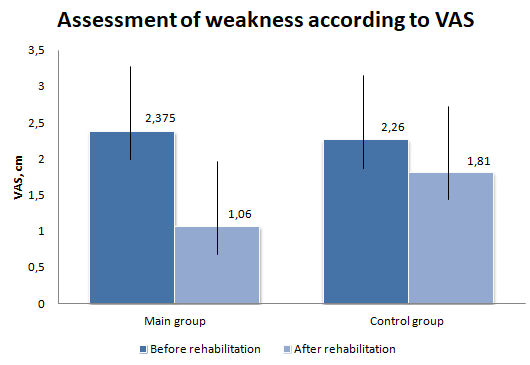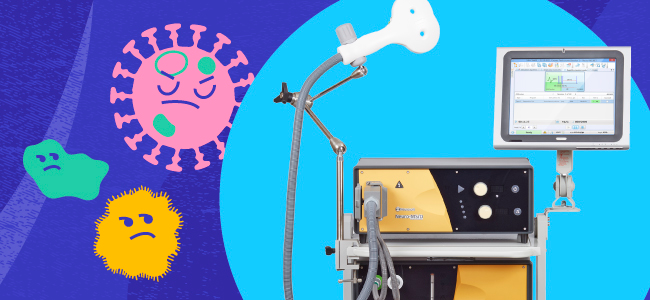Most people infected with the COVID-19 virus experience mild to moderate respiratory illness and recover without requiring special treatment. However, 15-20% of those infected develop serious illness. Such patients suffer from reduced pulmonary function causing oxygen deficiency and as a result insufficient oxygen supply of the tissues and organs. This is when pulmonary rehabilitation is indicated as it can mitigate illness consequences and improve the quality of life. This kind of rehabilitation is an essential part of the diagnostics and treatment of patients after COVID-19 pneumonia.
We have already announced Neurosoft development of an innovative system for peripheral magnetic stimulation of respiratory muscles that has been helping patients in the Reshma health center for some time by now. Meanwhile, a program for rehabilitation stage III was developed in the Reshma center in accordance with the “Medical rehabilitation in terms of coronavirus disease COVID-19” temporary guidelines approved by the Ministry of Health of the Russian Federation. This particular stage includes treatment sessions of peripheral magnetic stimulation. Furthermore, in August 2020 Neurosoft and the Reshma health center launched a study aimed at investigating the safety and effectiveness of the given technique.
The study design included two groups of patients, one of which was a control group, as well as keeping a record of patient’s data obtained during examinations performed before rehabilitation start and at the end of the 10-day course with the help of: Borg scale for assessment of cough and shortness of breath, Visual Analog Scale (VAS) for assessment of weakness and pain, pulmonary function test (PFT), 6-minute walk test (6MWT), saturation measurement at rest and while walking, Hospital Anxiety and Depression Scale (HADS), the 36-Item Short Form Survey (SF-36), and St George’s Respiratory Questionnaire (SGRQ).

According to the data analysis, the patients who received peripheral magnetic stimulation in addition to the main treatment showed a considerable improvement in exercise tolerance at the end of rehabilitation if compared to those who did not receive such treatment. The improvement was 23.6% versus 3.8%. Moreover, patients’ assessment of weakness by VAS demonstrated the respective reduction of 55.4% in the main group, whereas in the control group the same value was hardly more than 20%.
The obtained results assume that peripheral magnetic stimulation can be considered as a type of physical training that helps improve general endurance and exercise tolerance (according to the 6-minute walk test) in patients after COVID-19 pneumonia.
As per the patients’ feedback, the magnetic stimulation is well tolerated, does not cause BP and heart rate drop/rise after the procedure, allows breathing deeply and facilitates mucus clearance. This method is well combined with other treatment procedures received by the patients of the main group.
.jpg)
A new coronavirus infection affects the entire oxygen transport system, from the organs of the upper respiratory tract (external respiration) to the systems engaged in aerobic and anaerobic oxidation, is a gradual process and requires a long time for recovery and compensation of all impaired functions. In other words, rehabilitation in this case is not a sprint, but a marathon: after completing a course of rehabilitation, all patients are advised to continue exercising further-on and monitor their health.



